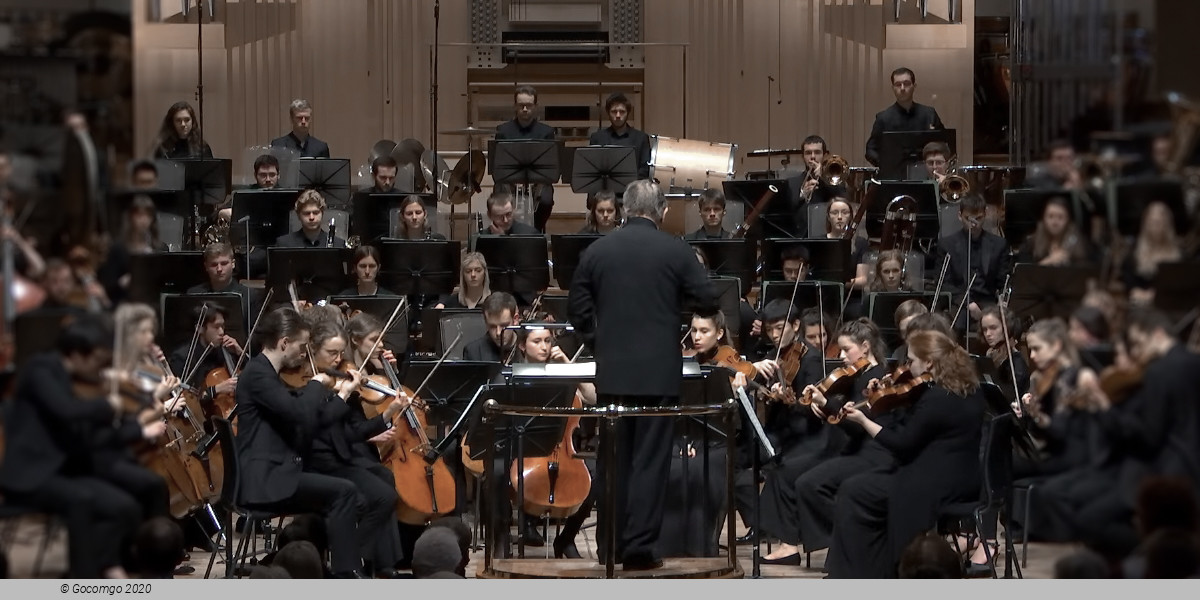Events20 results
About
Tomaso Giovanni Albinoni (8 June 1671 – 17 January 1751) was an Italian Baroque composer. While famous in his day as an opera composer, he is known today for his instrumental music, especially his concertos. He is also remembered today for a work called "Adagio in G minor", supposedly written by him, but probably written by Remo Giazotto, a modern musicologist and composer, who was a cataloger of the works of Albinoni.
Born in Venice, Republic of Venice, to Antonio Albinoni, a wealthy paper merchant in Venice, he studied violin and singing. Relatively little is known about his life especially considering his contemporary stature as a composer, and the comparatively well-documented period in which he lived. In 1694 he dedicated his Opus 1 to the fellow-Venetian, Cardinal Pietro Ottoboni (grand-nephew of Pope Alexander VIII). His first opera, Zenobia, regina de Palmireni, was produced in Venice in 1694. Albinoni was possibly employed in 1700 as a violinist to Charles IV, Duke of Mantua, to whom he dedicated his Opus 2 collection of instrumental pieces. In 1701 he wrote his hugely popular suites Opus 3, and dedicated that collection to Cosimo III de' Medici, Grand Duke of Tuscany.
In 1705, he married Margherita Rimondi; Antonino Biffi, the maestro di cappella of San Marco was a witness, and evidently was a friend of Albinoni. Albinoni seems to have no other connection with that primary musical establishment in Venice, however, and achieved his early fame as an opera composer at many cities in Italy, including Venice, Genoa, Bologna, Mantua, Udine, Piacenza, and Naples. During this time he was also composing instrumental music in abundance: prior to 1705, he mostly wrote trio sonatas and violin concertos, but between then and 1719 he wrote solo sonatas and concertos for oboe.
Unlike most composers of his time, he appears never to have sought a post at either a church or noble court, but then he was a man of independent means and had the option to compose music independently. In 1722, Maximilian II Emanuel, Elector of Bavaria, to whom Albinoni had dedicated a set of twelve concertos, invited him to direct two of his operas in Munich.
Around 1740, a collection of Albinoni's violin sonatas was published in France as a posthumous work, and scholars long presumed that meant that Albinoni had died by that time. However, it appears he lived on in Venice in obscurity; a record from the parish of San Barnaba indicates Tomaso Albinoni died in Venice in 1751, of diabetes mellitus.
Music and influence
Most of his operatic works have been lost, largely because they were not published during his lifetime. However, nine collections of instrumental works were published. These were met with considerable success and consequent reprints. He is therefore known more as a composer of instrumental music (99 sonatas, 59 concerti and 9 sinfonie) today. In his lifetime these works were compared favourably with those of Corelli and Vivaldi. His nine collections published in Italy, Amsterdam and London were either dedicated to or sponsored by an impressive list of southern European nobility. Albinoni wrote at least fifty operas, of which twenty-eight were produced in Venice between 1723 and 1740. Albinoni himself claimed 81 operas (naming his second-to-last opera, in the libretto, as his 80th). In spite of his enormous operatic output, today he is most noted for his instrumental music, especially his oboe concerti (from 12 Concerti a cinque op. 7 and, most famously, 12 Concerti a cinque op. 9). He is the first Italian known to employ the oboe as a solo instrument in concerti (c. 1715, in his op. 7) and publish such works,[6] although earlier concerti featuring solo oboe were probably written by German composers such as Telemann or Händel. In Italy, Alessandro Marcello published his well-known oboe concerto in D minor a little later, in 1717. Albinoni also employed the instrument often in his chamber works.
The famous Adagio in G minor, the subject of many modern recordings, is thought by some to be a musical hoax composed by Remo Giazotto. However, a discovery by musicologist Muska Mangano, Giazotto's last assistant before his death, has cast some doubt on that belief. Among Giazotto's papers, Mangano discovered a modern but independent manuscript transcription of the figured bass portion, and six fragmentary bars of the first violin, "bearing in the top right-hand corner a stamp stating unequivocally the Dresden provenance of the original from which it was taken". This provides support for Giazotto's account that he did base his composition on an earlier source.


